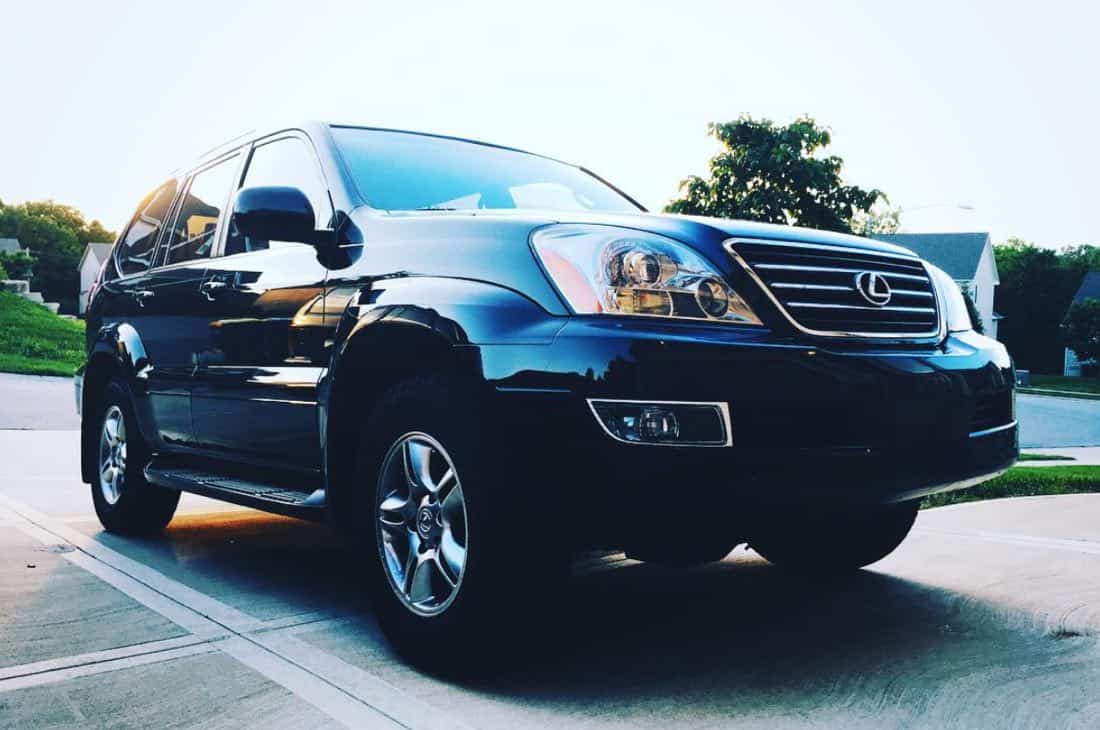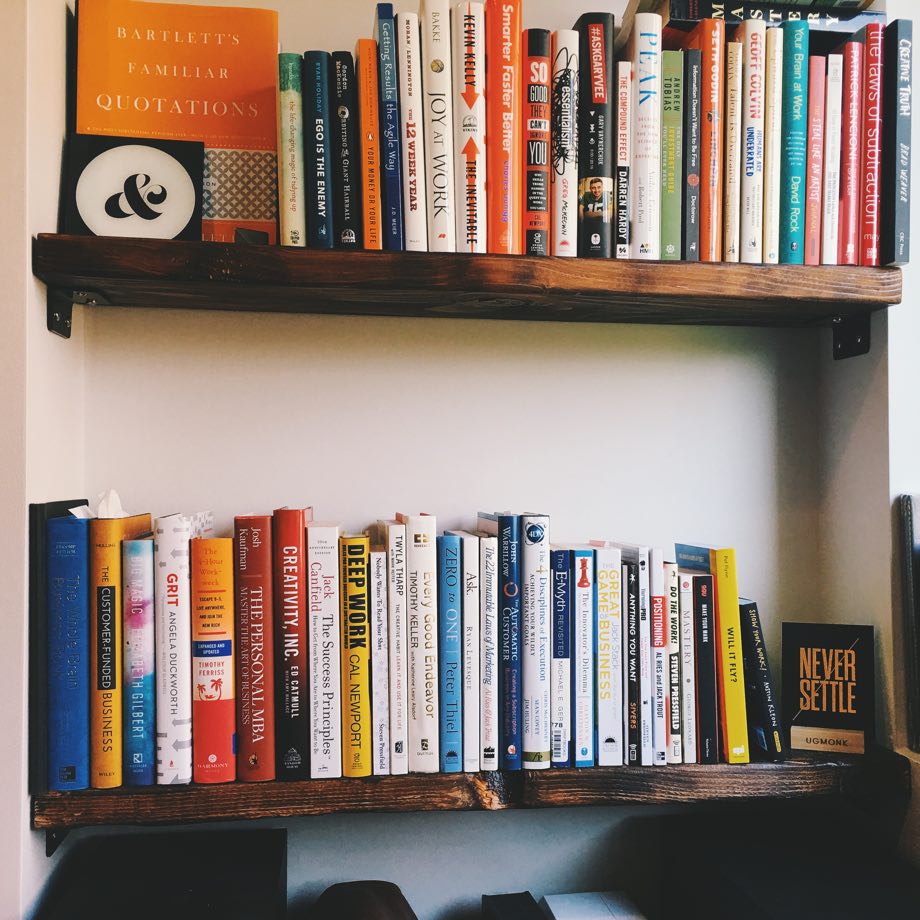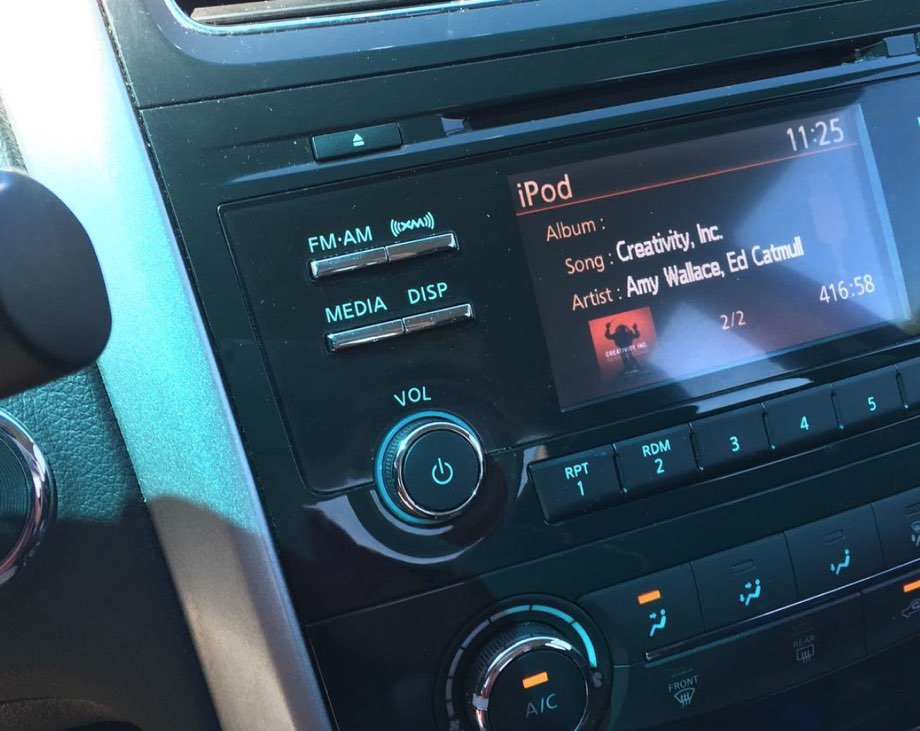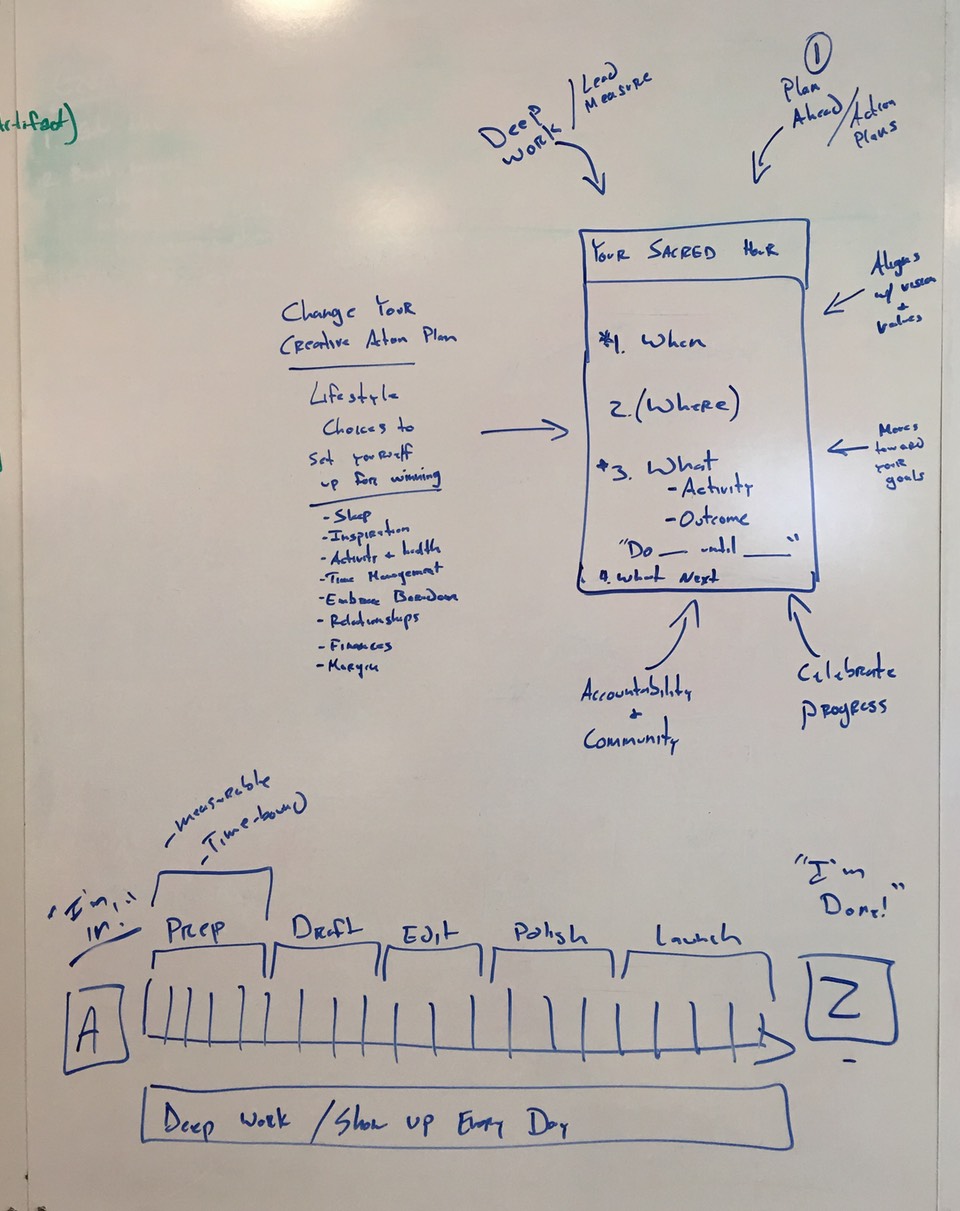It’s social support.
You can only go so far by yourself.
In The Focus Course, the second-to-last day is all about Community.
The micro-assignment for Day 39 is one with two parts: To give and to receive.
You have to give by encouraging, helping, supporting, or teaching someone. But you also have to receive by asking someone for advice, feedback, support, or accountability.
Both giving and receiving are acts of selflessness. They both get you out of your little bubble of self.
Because by giving you are serving others. And by receiving you are admitting that you don’t have all the answers, and you can’t figure it all out on your own.
From your personal integrity and creative energy, to your lifestyle habits and routines, to all the areas of your life — all of it is enhanced through relationship.
Your life is enhanced through relationships.
* * *
In his book, The Happiness Advantage, Shawn Achor writes that social support is our single greatest asset when it comes to success in “nearly every domain of our lives, including marriage, health, friendship, community involvement, creativity, and in particular, our jobs, careers, and business.”
Let’s read that again, because wow…
Social support is your single greatest asset when it comes to success in nearly every single area of your life.
Relationships and networks are critical to your career and to your ability to do (and ship, and sell) your best creative work.
There are two proverbial statements about this. These two are cliché at this point, but all the truest ones are these days:
“It’s not what you know, it’s who you know.”
“If you want to go fast, go alone. If you want to go far, go together.”
To again quote Shawn Achor, he writes:
When we have a community of people we can count on — spouses, family, friends, colleagues — we multiply our emotional, intellectual, and physical resources. We bounce back from setbacks faster, accomplish more, and feel a greater sense of purpose. Furthermore, the effect on our happiness, and therefore on our ability to profit from the Happiness Advantage, is both immediate and long-lasting.
Not only is our social network helpful for success in every area of our lives, so too does it help us feel confident, happy, and motivated. Having social relationships is virtually as important as food and water.
If success was just about tactics, you would have already achieved it.
But it takes more than just knowing the tactics…
It takes changes in your mindset.
It takes a commitment to show up every day and do the work.
And it requires the help of others.
* * *
Long-time readers know me well enough to know that I’m not into hype or hyperbole.
I care deeply about getting to the root issues that hold us back from doing our best creative work every day.
And when I know something in my life is holding me back, I seek to find out what it is and then do something about it.
What about you?
Are you wanting to improve where things are at?
Then you’ve got to simplify the complex, and then get to work.
As Mark Twain said:
The secret of getting ahead is getting started. The secret of getting started is breaking your complex, overwhelming tasks into small, manageable tasks, and then starting on the first one.
What is one thing you could do today that would move you forward in your goals?
For me, I realized I had a need for more community in my life.
Not personal friendships… I have a few close friends whom I meet every week for lunch, a small group of family friends that gets together once a month, and a small Bible study that meets every Tuesday evening.
For me, the area I find community lacking the most was related to the business-side of my life.
Being the calm and slow-moving person that I am, there are four things I’ve done in the past month to help expand my community:
- We have finally set up regular Blanc Media team video calls on the calendar. We went from meeting occasionally when it was necessary, to meeting regularly to stay better connected.
- I hired a business coach, to not only help with moving things forward, but also as someone to dialog with about the specifics of my business.
- I am organizing a small mastermind group with a few other peers in the industry.
- I am kicking off Focus Club.
What about you?
What’s one thing you could do today that would move you forward in your goals?



